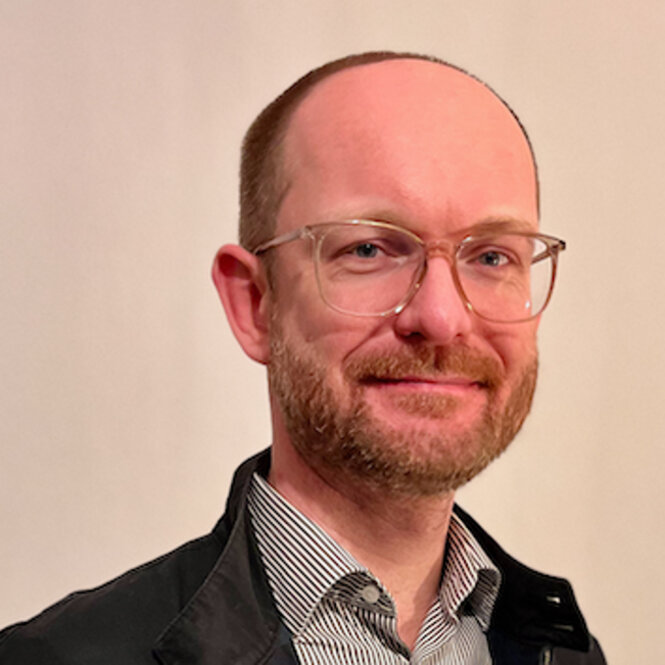Hosted by Andrew Plested (HU)
Prof. Lennart Hilbert
Karlsruhe Institute of Technology (KIT) - Nuclear Information Processing
Lennart Hilbert is Professor of Systems Biology/Bioinformatics at the Karlsruhe Institute of Technology (KIT) in Kalsruhe, Germany. His group is also part of the Institute of Biological and Chemical Systems – Biological Information Processing (IBCS-BIP), a multi-disciplinary center of biological research at KIT, and associated with the Zoological Institute at KIT.
The Nuclear Information Processing Group explores three-dimensional (3D) organization as the foundation of effective information processing in dense DNA suspensions. In particular, they study the cell nucleus as a highly evolved, DNA-based information processing system. In their work, they visualize the inner workings of the nucleus with live and super-resolution microscopy. They translate their observations into physical principles and information processing strategies by means of physical models and computer simulations. Ultimately, they hope to contribute to cell-embedded DNA computing, and the predictive design of DNA-based hardware.
In his talk 'How can 3D-folding of the genome inform the design of future DNA computers' Lennart Hilbert will talk about how biotechnology is lagging behind other technologies due to a lack of digital programmability. Recent years have made rapid progress in DNA-based digital data storage, data writing and reading in living genomes, and using genetic code to drive biomedical breakthroughs. However, compared to electronic computers, the immersion of DNA into aqueous solutions poses fundamental challenges to obtaining a well-performing system architecture. Lennart Hilbert will present his groups efforts to use the 3D genome organization of embryonic and stem cell genomes as a blueprint for the architectures of such future DNA computing systems. Specifically, he will talk about approaches of light microscopy, machine learning, and theoretical simulations to understand how liquid-like condensates in stem cells mediate 3D interactions of enhancers and gene promoters to control gene expression. Also, he will show how they use artificial DNA-nanostructures to construct synthetic systems that reimplement surface condensation, a central operation principle occurring in the nuclei of stem cells and embryos.

